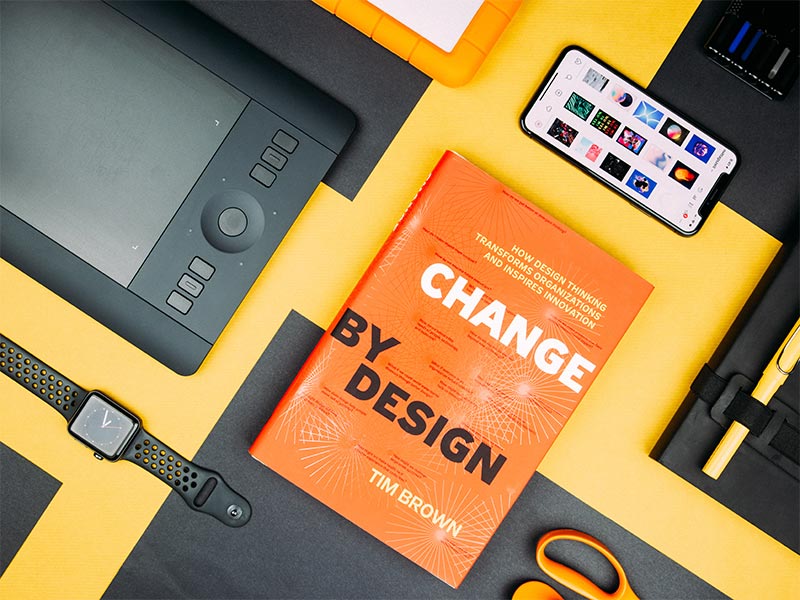
Why Color is Important in Design
Color plays a crucial role in design for several reasons, each contributing to a design’s overall effectiveness, appeal, and functionality. Here are some key reasons why color is important in design:
1. Emotional Impact
• Elicits Emotions: Colors can evoke specific emotions and moods. For instance, red can evoke excitement or urgency, while blue can create a sense of calm or trust.
• Brand Identity: Consistent use of color helps establish and reinforce a brand’s identity and values.
2. Aesthetic Appeal
• Visual Attraction: Color can make a design more visually appealing and engaging, capturing attention and retaining interest.
• Harmony and Balance: Proper use of color theory can create a harmonious and balanced design, enhancing visual pleasure and coherence.
3. Communication
• Conveys Messages: Colors can communicate information quickly and effectively. For example, green often indicates “go” or “safe,” while red can signal “stop” or “danger.”
• Highlights Important Elements: Strategic use of color can highlight critical elements in a design, guiding the viewer’s focus to key information or actions.
4. Functionality
• Improves Readability and Usability: High contrast between text and background colors improves readability and accessibility. This is essential for ensuring that content is easily understood by all users, including those with visual impairments.
• Differentiation and Organization: Color can help differentiate between various sections, categories, or elements in a design, making it easier to navigate and comprehend.
5. Cultural and Contextual Significance
• Cultural Associations: Colors can have different meanings in different cultures. Understanding these associations ensures that designs are culturally appropriate and resonate with the target audience.
• Contextual Relevance: Colors can be chosen based on the context in which the design will be used. For example, bright, vibrant colors might suit a children’s website, while more muted tones could be better for a corporate report.
6. Psychological Effects
• Influences Behavior: Color can influence behavior and decision-making. For instance, restaurants often use red and yellow to stimulate appetite and encourage quick eating.
• Creates Atmosphere: Different colors can create different atmospheres. Warm colors like orange and yellow can create a cozy and inviting environment, while cool colors like blue and green can create a calm and professional atmosphere.
7. Brand Differentiation
• Stands Out in the Market: Unique and consistent use of color can help a brand stand out in a crowded market, making it more recognizable and memorable.
• Fosters Brand Loyalty: Consistent color schemes can create a strong visual identity, fostering brand loyalty and recognition over time.
8. Psychophysical Effects
• Influences Perception of Space: Colors can alter the perception of space and size. Light colors can make a space feel larger and more open, while dark colors can make it feel cozier and more intimate.
• Temperature Perception: Colors can affect the perceived temperature of a space, with warm colors creating a sense of warmth and cool colors creating a sense of coolness.
Color is a powerful tool in design that affects emotional response, aesthetic appeal, communication, functionality, cultural significance, psychological effects, brand differentiation, and perception. Understanding and utilizing the impact of color can significantly enhance a design’s effectiveness and success.